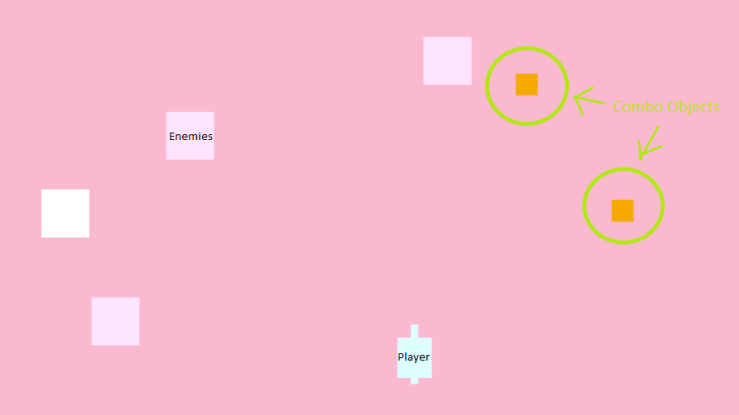Two systems
The concept of two system that handle how we work as human beings keeps popping up in different research. Lieberman in his book “human learning and memory”1 talks about different journals3 and research that brings up two systems of learning. That we automatically learn things in some situations and in other situations we seem to have more control over what and how we learn.
Other research on two systems is more oriented towards behavior science. David Kahneman is a noble price winner in economics. His researches lead to a whole new field that’s called behavior economics. He talked about how the two systems explain how we behave in different ways.
System one could be explained to be our subconscious. This is doing all present thinking, all the processes that make us work as human being that we don´t think about consciously. Our conscious thoughts are defined as system two. In the book2 “thinking, fast and slow” David Kaneman talks about different characteristics of the systems.
“System 1: Operates automatically and quickly, with little or no effort and no sense of voluntary control.
System 2: allocates attention to the effortful mental activities that demand it, including complex computations. The operations of System 2 are often associated with the subjective experience of agency, choice, and concentration”

David Kahneman have an example of how system 1 operates without us knowing. “…The two picture above where showed to people lying in a brain scan. Each picture was shown for less than 2/100 of a second and immediately masked by “visual noise,” a random display of dark and bright squares. None of the observers ever consciously knew that he had seen pictures of eyes, but one part of their brain evidently knew: the amygdala, which has a primary role as the “threat center” of the brain, although it is also activated in other emotional states. Images of the brain showed an intense response of the amygdala to a threatening picture that the viewer did not recognize “
Implementing the subconscious design
Our only enemy has an attack behavior that first visualizes the area it will do damage in and then does the damage. This lets the player react to the attack with its teleport mechanic. What we work on now is to implement this behavior to a rhythm that looks like this:

T1 is the time for the enemy’s laser. T2 is the time it takes for the black circle which indicate where the attack will do damage appears. T3 is time it takes before damage is dealt in the black circle at the end of T3. Then the enemy moves for 2 beats before repeating it´s pattern. As you can see, this is a four-beat rhythm.
It´s easy to see that when the expanding red circle end it´s time (t3) you will take damage. You make a conscious decision with system two to connect that when the red circle reaches max it will cause damage. Maybe your thought process the first time you see the attack is “Aah, so when the red circle reaches max it does damage, I shall avoid that next time”.
While you play our game, you will also notice subconsciously that the enemy behave in a rhythm. Your system one will finetune your behavior to not die in the game. Slowly you will adapt your behavior to the rhythm.
The shooting mechanic and the rhythm are the two mechanics that work together to form the behavior of our only enemy. The visual effects for the attack leans more towards design for system two and the rhythm mechanic leans more towards design for system one.
This adds more depth to the game. First you will use your system two to figure out the rules of the game. Then you start to finetune your behavior to clear the goal you set up inside the game rules. You try out the mechanics and how you should use them for the most benefit. This includes you subconsciously adapting your behavior to the rhythm. My hope is that this leads to more complex thinking but still give simple rules to the player.
Thanks for reading : )
Ps. I know the rhythm picture is not that good but… you know.
1Lieberman, D. (2011). Human learning and memory. 1st ed. Cambridge: Cambridge University Press.
2Kahneman, D. (2015). Thinking, fast and slow. 1st ed. New York: Farrar, Straus and Giroux.
3McClure, S. (2004). Separate Neural Systems Value Immediate and Delayed Monetary Rewards. Science, 306(5695), pp.503-507.



 Combo System
Combo System